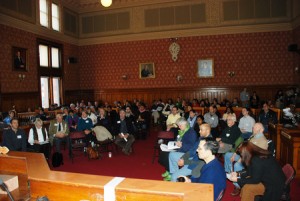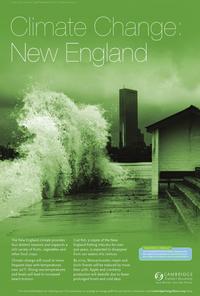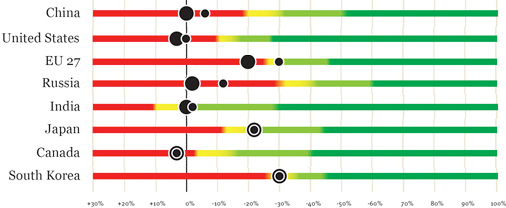 High sea surface temperatures combined with weakening El Niño conditions are expected to cause a significant increase in the number of hurricanes as well as hurricane intensity in the 2010 season. According to analysis from the UK Hadley Center, sea surface temperatures in the Main Development Region (the area of the Atlantic where most hurricanes are formed) were 1.26°C above average last month, setting a new record for the month of March.
High sea surface temperatures combined with weakening El Niño conditions are expected to cause a significant increase in the number of hurricanes as well as hurricane intensity in the 2010 season. According to analysis from the UK Hadley Center, sea surface temperatures in the Main Development Region (the area of the Atlantic where most hurricanes are formed) were 1.26°C above average last month, setting a new record for the month of March.
Last week, researchers at Colorado State’s Tropical Meteorology Project, one of the most respected groups in the field, released their predictions for the 2010 hurricane season. They predict fifteen named (or major) storms, eight of those becoming hurricanes, four of which will grow to category three or higher. The predictions are significantly higher than the averages for 1950 to 2000, of 9.6 named storms, 5.9 hurricanes, and 2.3 hurricanes greater than category three. They also project the Accumulated Cyclone Energy, a measure of named storms’ potential to cause damage, to be 56% higher than the 1950-2000 average.









